In keeping with its commitment to repurposing, conservation, and community service, the High Desert Grange is partnering with Out West Buildings to construct Wood Duck boxes and bat houses using scrap wood from the manufactured sheds produced by Out West Buildings. Grangers attending the Lahontan Campground cleanup weekend at the end of July will have the opportunity to learn about Wood Ducks and bats as they build houses and boxes for these permanent residents of the Fallon area.
Churchill County has one of the most colorful ducks in the world right in its own backyard. Wood Ducks reside in our sloughs and drains and can also be found along the Carson River. Tree cavities and man-made Wood Duck boxes provide nesting sites where hens can lay their eggs and hatch their young in relative safety from predators. According to Ducks Unlimited, the deployment of large numbers of nesting boxes can be used to help increase local or regional populations of Wood Ducks in areas where natural cavities are limited.
Russell Woolstenhulne, Migratory Game Bird Wildlife Staff Biologist for the Nevada Department of Wildlife in Reno, offers insight into the Wood Duck population in Churchill County. He says while all ducks are migratory, Wood Ducks in Churchill County by and large stay in Churchill County year-round. “Good climate, food resources, escape cover (protection from predators), thermal cover (protection that keeps them warm) and a river that doesn’t always freeze over provide these ducks with a suitable year-round living environment,” he said.
Russell explained that in winter, Wood Ducks like to roost in trees, especially the Russian Olive, because the tree thorns keep predators from reaching them and because they like to eat the olives. “Boxes and tree cavities,” he added, “are for nesting only. Boxes are usually placed 4 to 8 feet above ground; tree cavities are typically 20 to 25 feet above ground to protect them from predators. Their favorite nesting tree is the Cottonwood. As soon as all the babies have hatched, the mother hen evacuates the nesting site. The site is usually over land. Babies jump to the ground and bounce like ping pong balls. They are resilient birds.” He went on to say that it is not unusual for Wood Duck hens to sneak into the nest of another Wood Duck hen who is away from that nest and lay her own eggs for the surrogate mother to tend. This is known as nest parasitism. Males do not help raise their young.
Did you know that bats naturally reduce the bug population? Buildipedia.com, a home improvement, and application engineering company, says that “bats will reduce mosquito populations for free and without using harmful insecticides. However, they need a safe and suitable nesting location to call home. Bat houses provide an alternative space to keep bats from nesting in the eaves or attic of your house but still will attract these beneficial mosquito-eaters to your yard where you want them. A single bat can capture 500–1,000 mosquitoes in an hour, and in many ecosystems, bats are a key pollinator.” Bethany Chagnon, biologist and Deputy Project Leader, with the Stillwater National Wildlife Refuge in Fallon, stated that we have insect-eating microbats in our area that provide key ecological services to the community, including Little Brown Bats, Big Brown Bats, and Pallid Bats that can overwinter in our local caves.
High Desert Grange member James Taylor will provide instruction to participants on how to build bat houses. When asked what he is most looking forward to in being a part of this project, James said, “I would hope that teaching how to build these will give the ones who build them an appreciation for making something with their own hands and to help people learn about wildlife where possible. I also hope that bats use these and eat a lot of bugs!”
Out West Buildings, which is located next door to the Churchill County Mosquito, Vector, and Noxious Weed Abatement District office is a natural contributor to this endeavor. Mike Stremler, the owner of Out West Buildings, says their buildings are made from the right kind of material for this project. When asked how the construction of bat houses and Wood Duck boxes would impact the community, Mike said, “We help and do what we can to serve the community. More bats mean fewer mosquitoes. And who doesn’t like to see Wood Ducks and baby ducks?”
Constructing these valuable shelters will take place on Saturday, July 31, during the Lahontan Campground cleanup weekend. Grange members will pre-cut all materials. Once assembled, Grange members will distribute the shelters around the Carson River and the Lahontan Valley State Park. This event and the campground cleanup are open to Grange members only. For information on becoming a High Desert Grange member, please contact [email protected] or call (775) 427-8210.


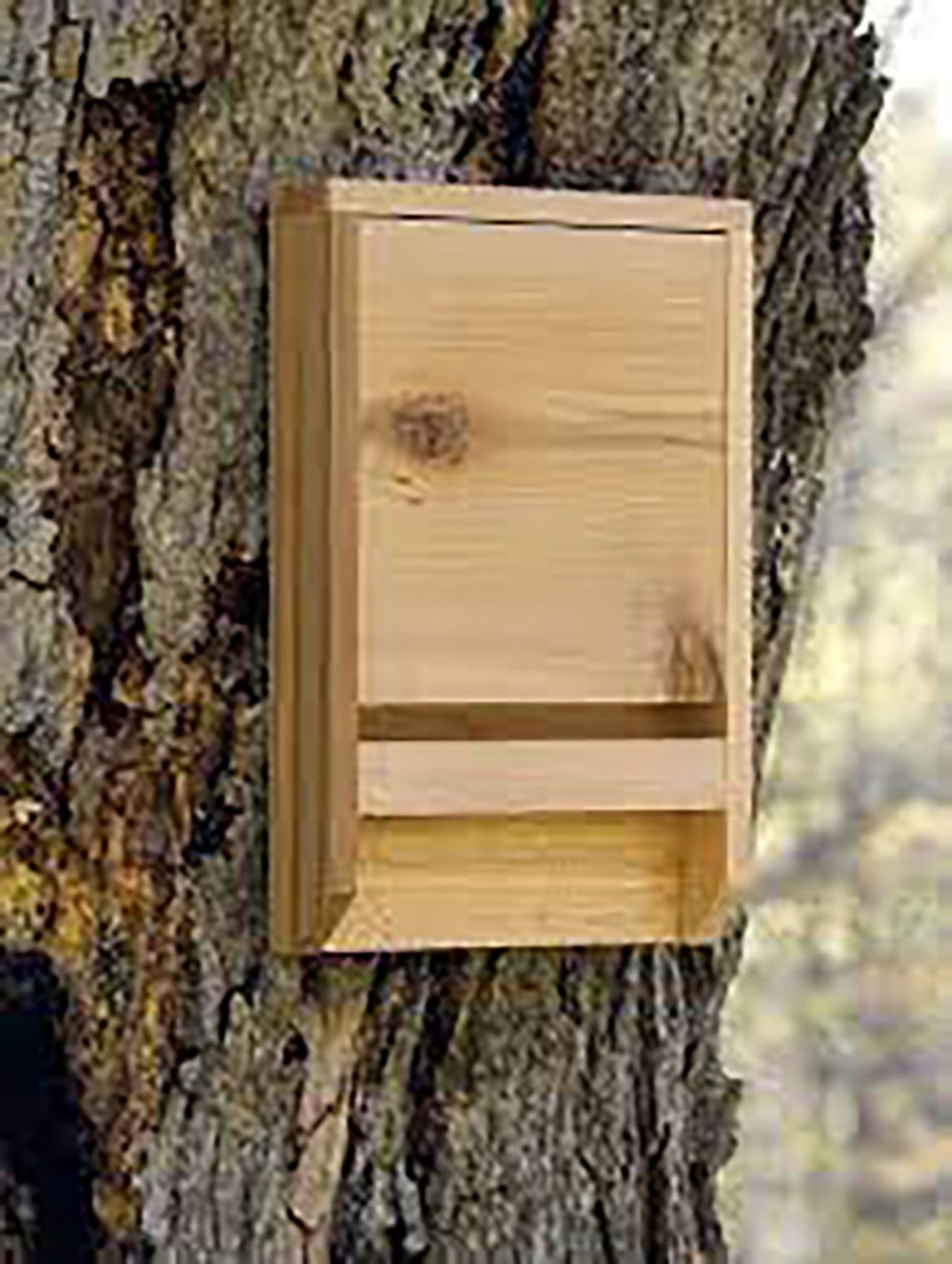
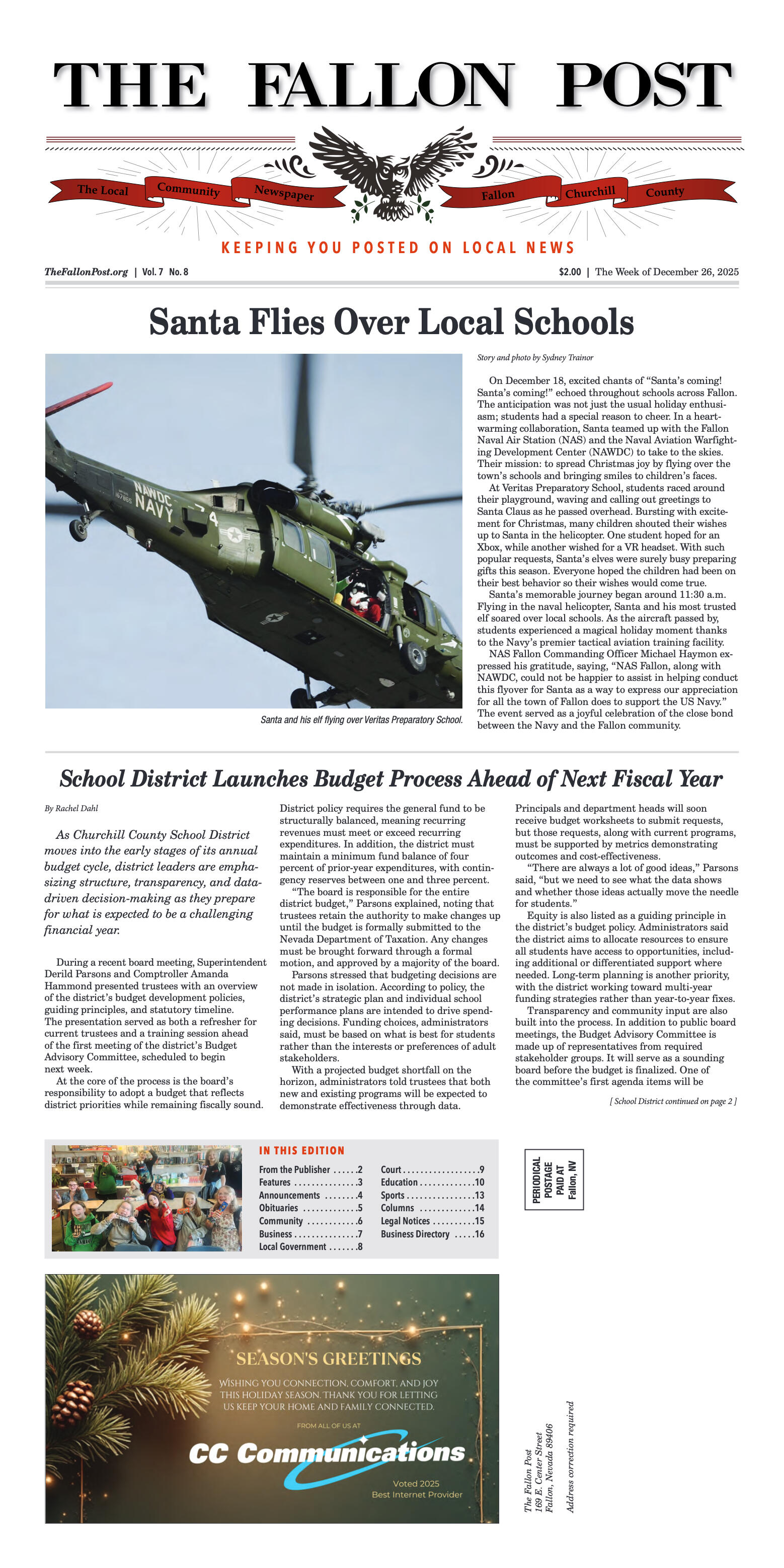
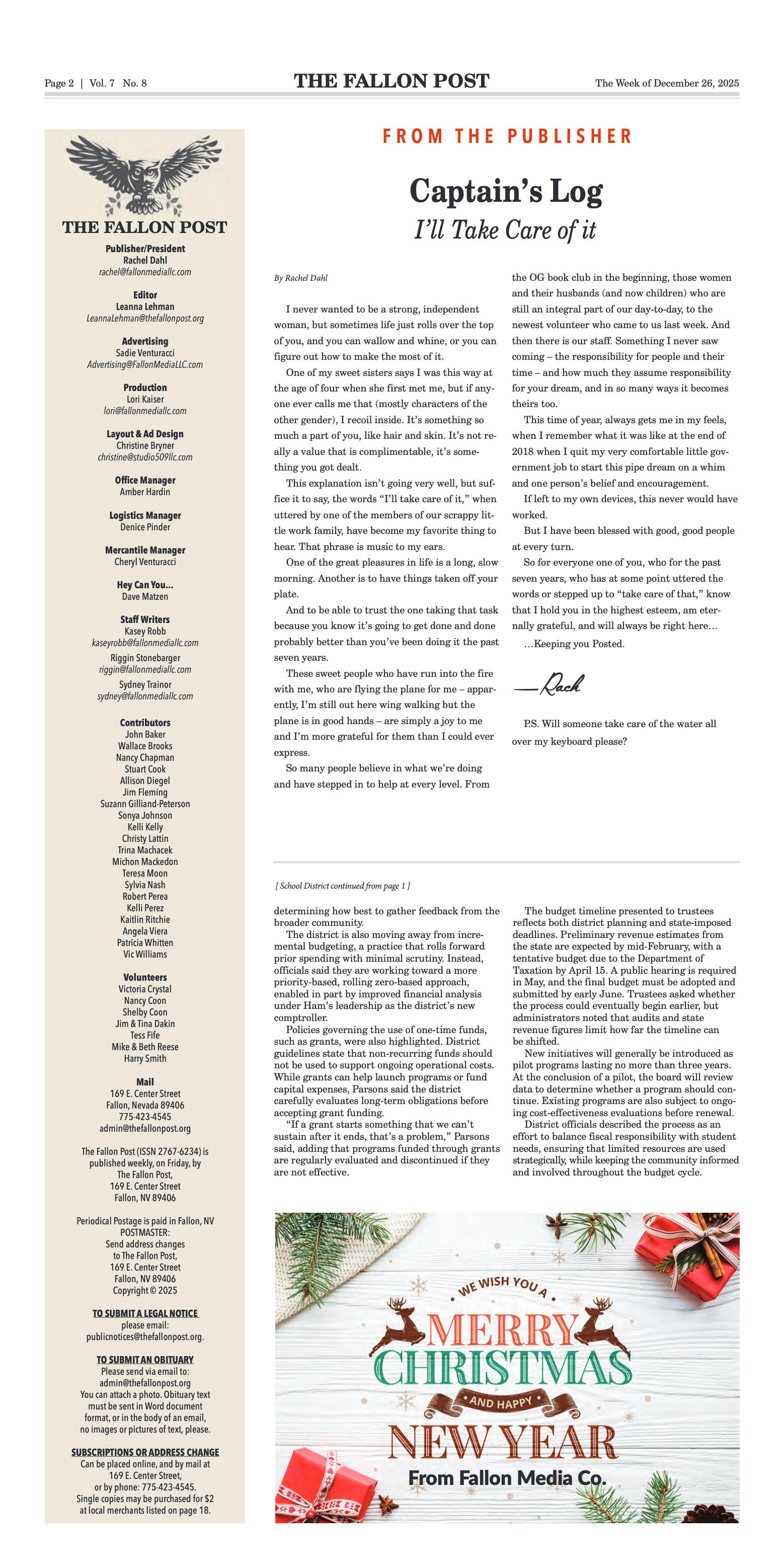
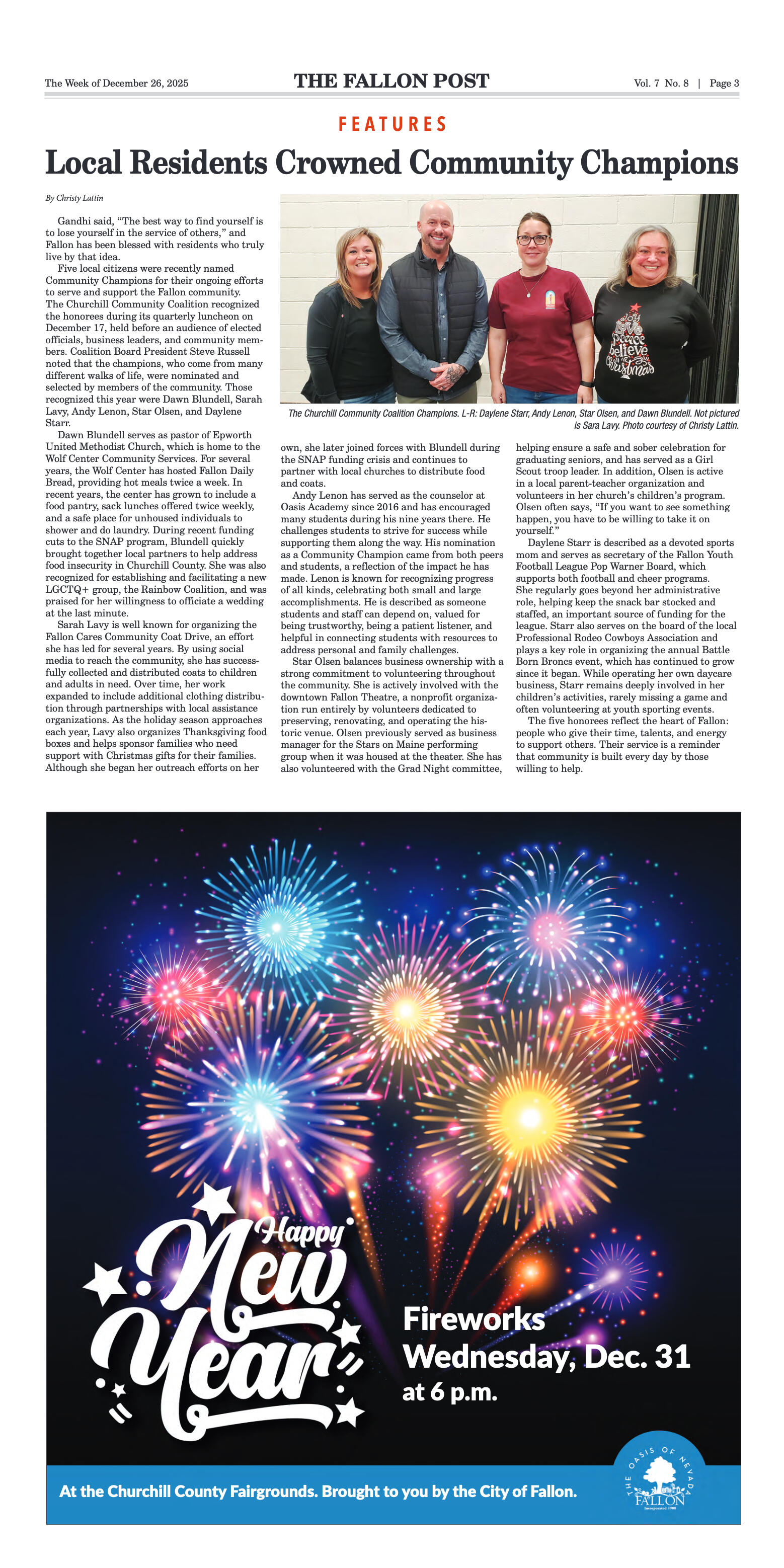
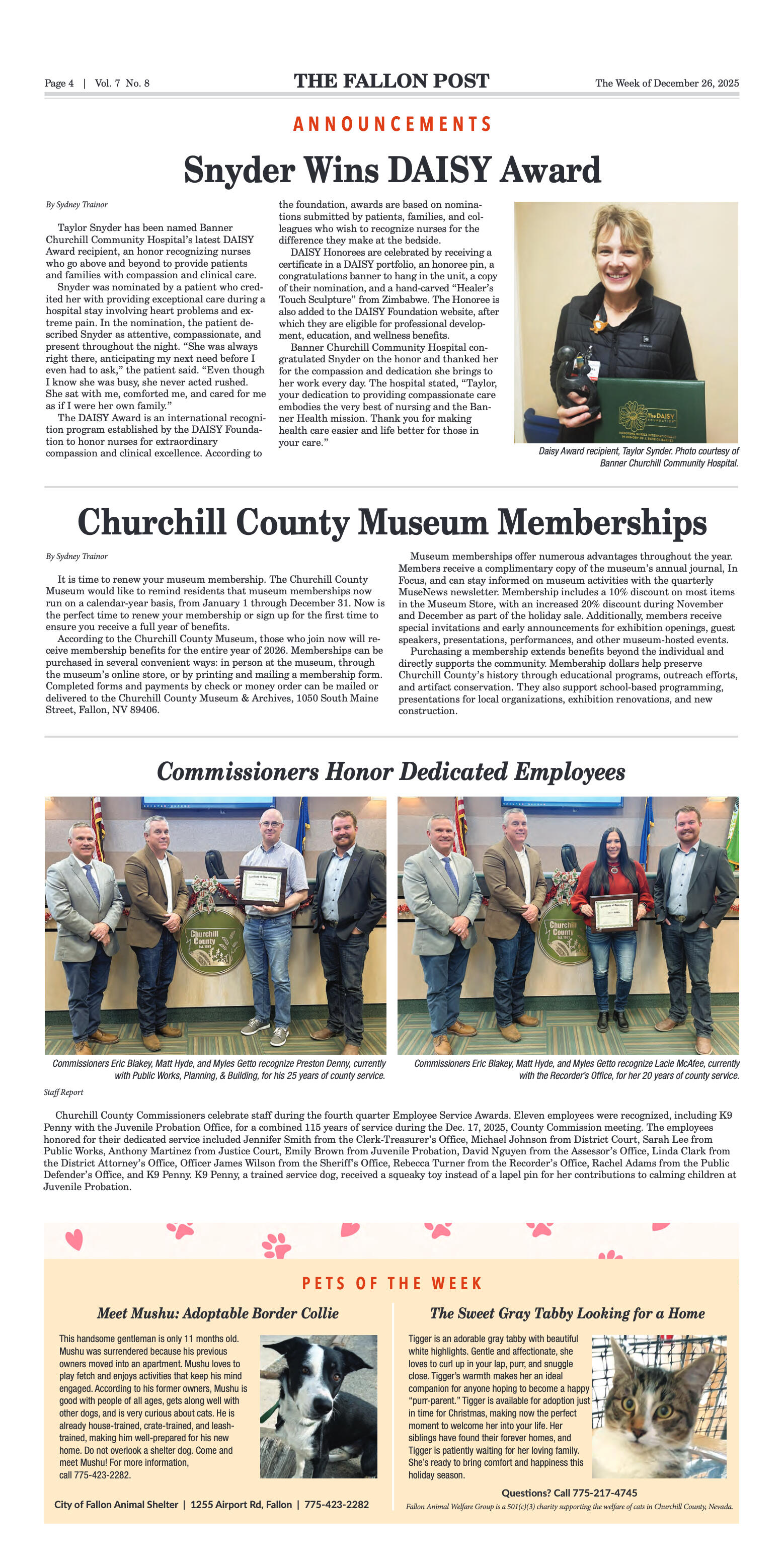
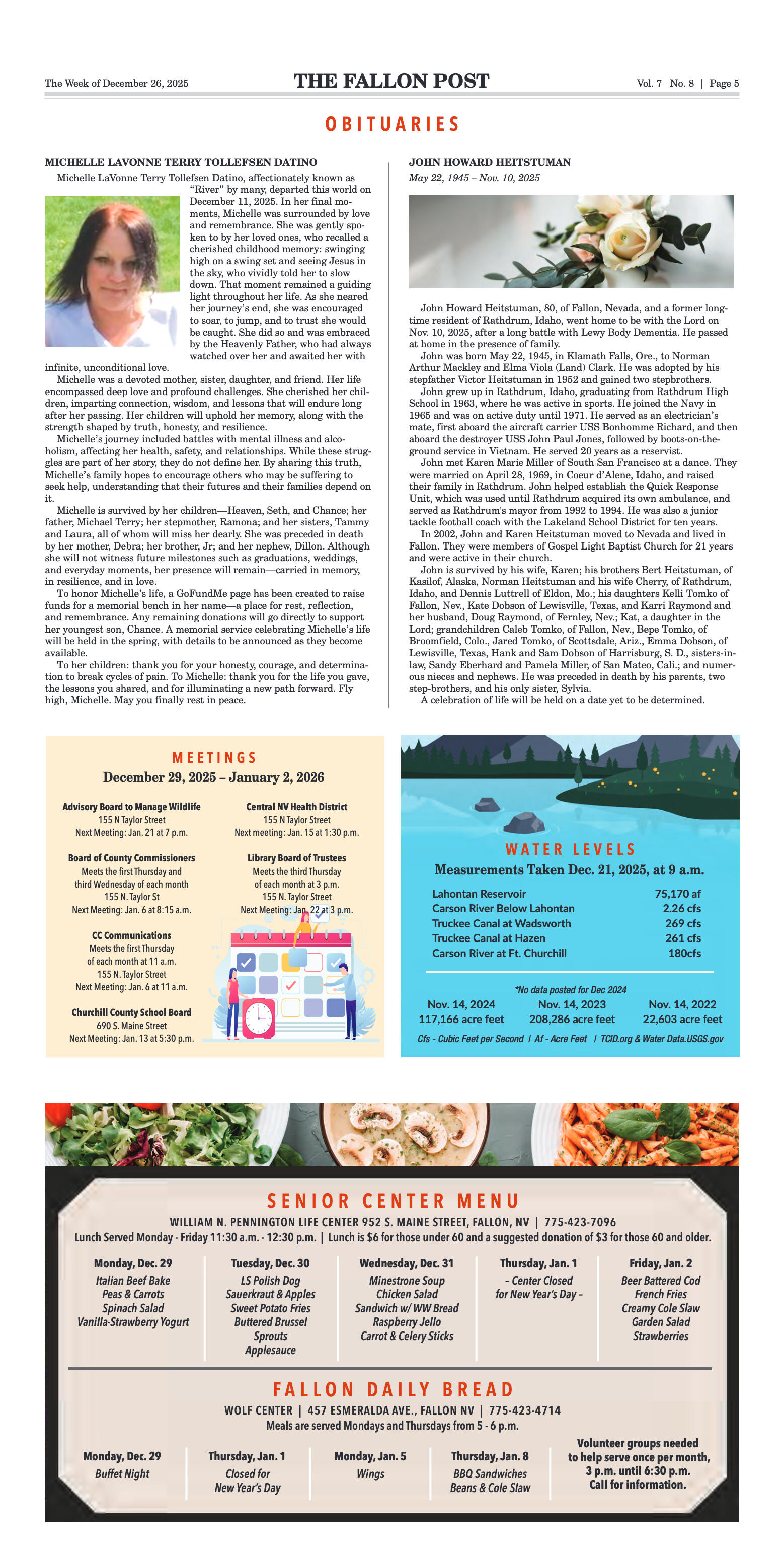
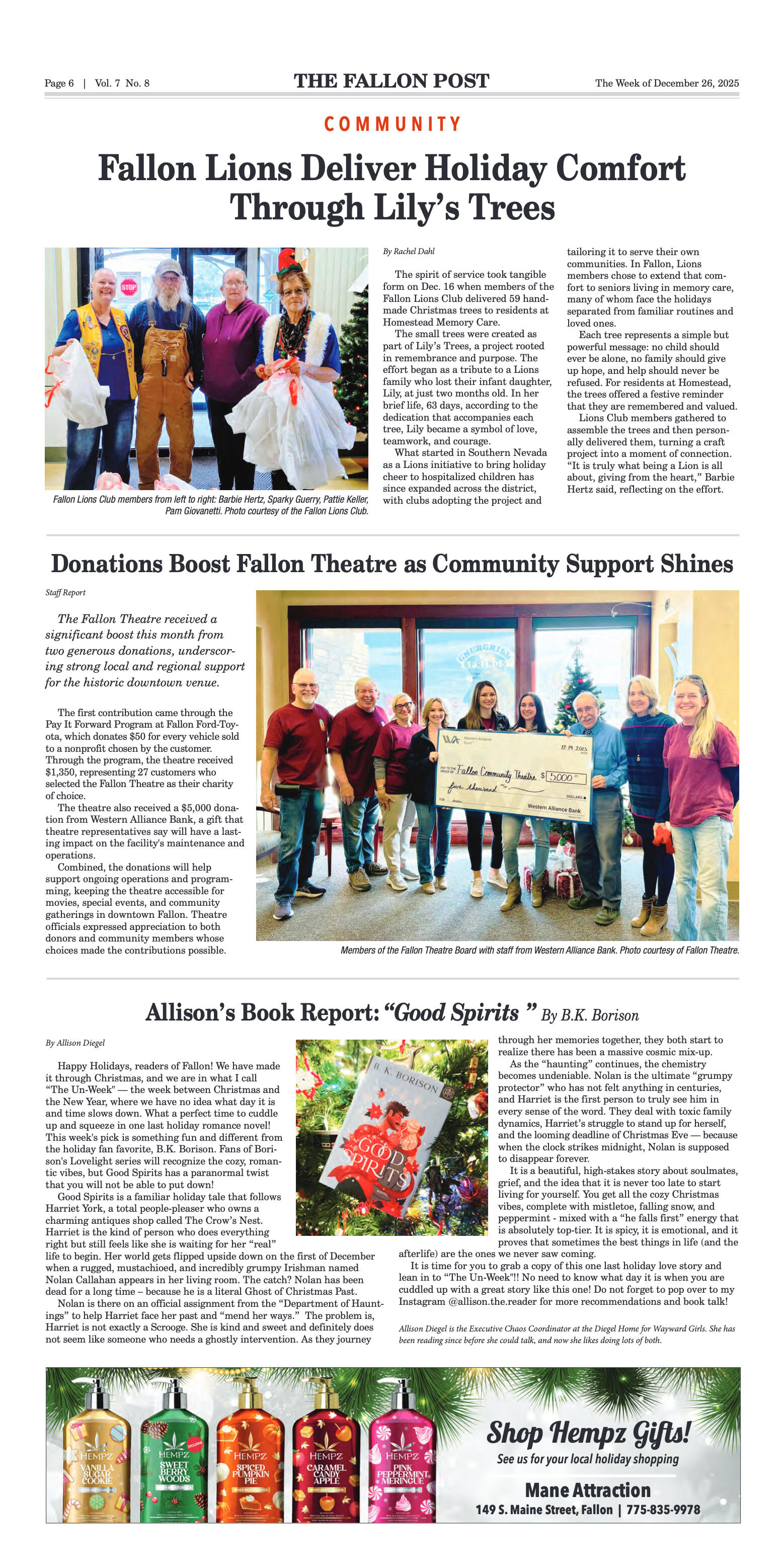
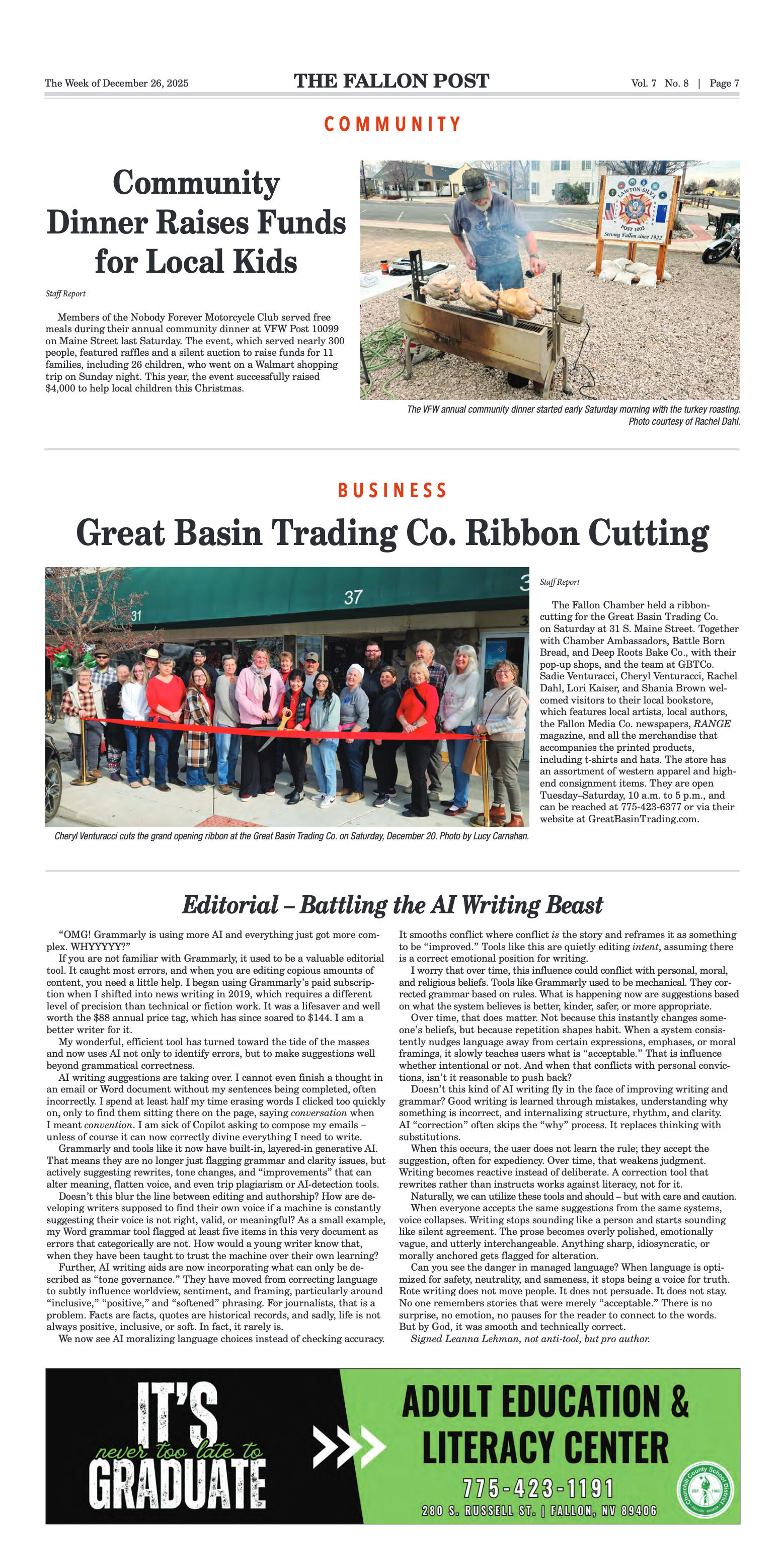
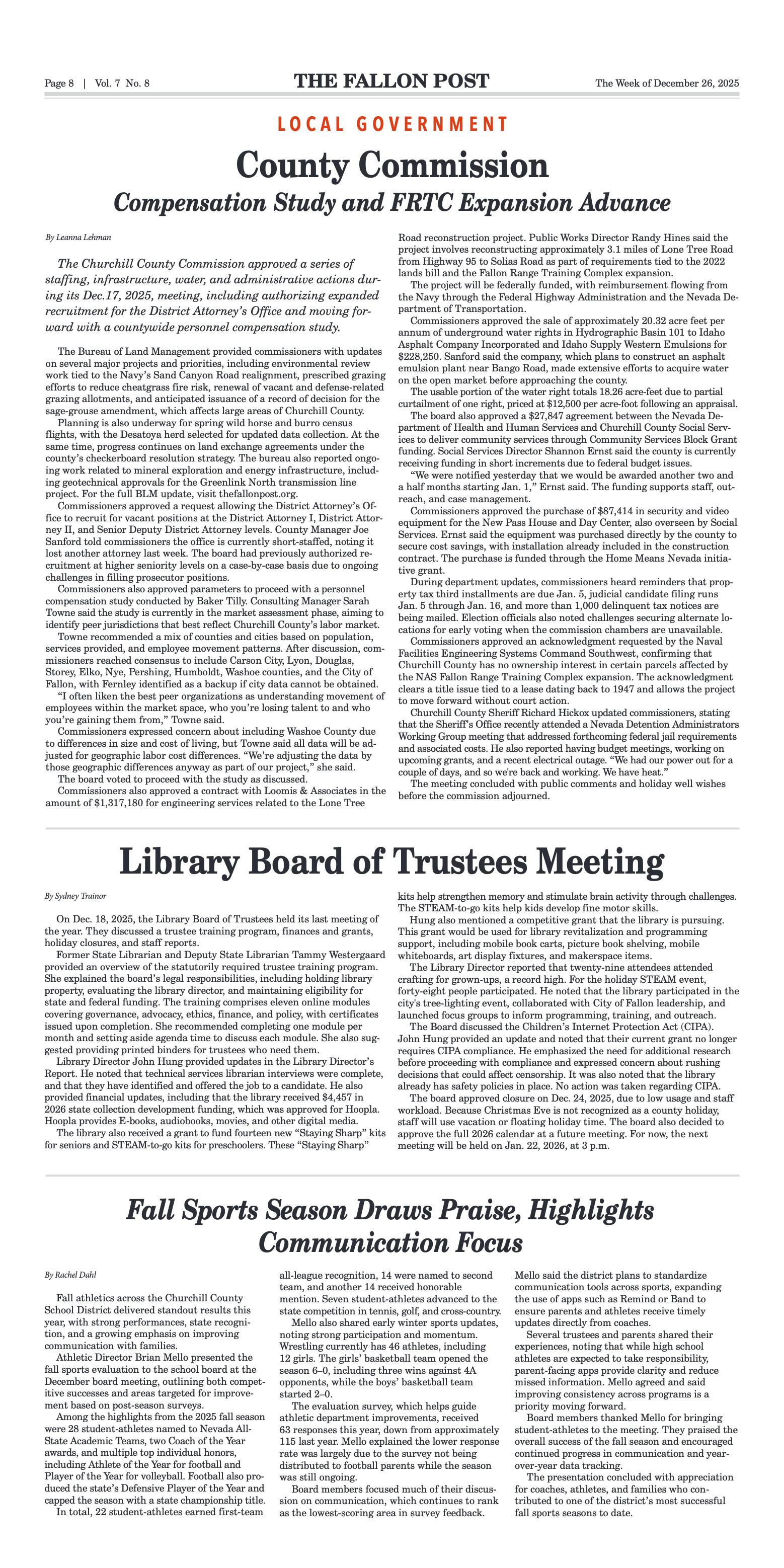
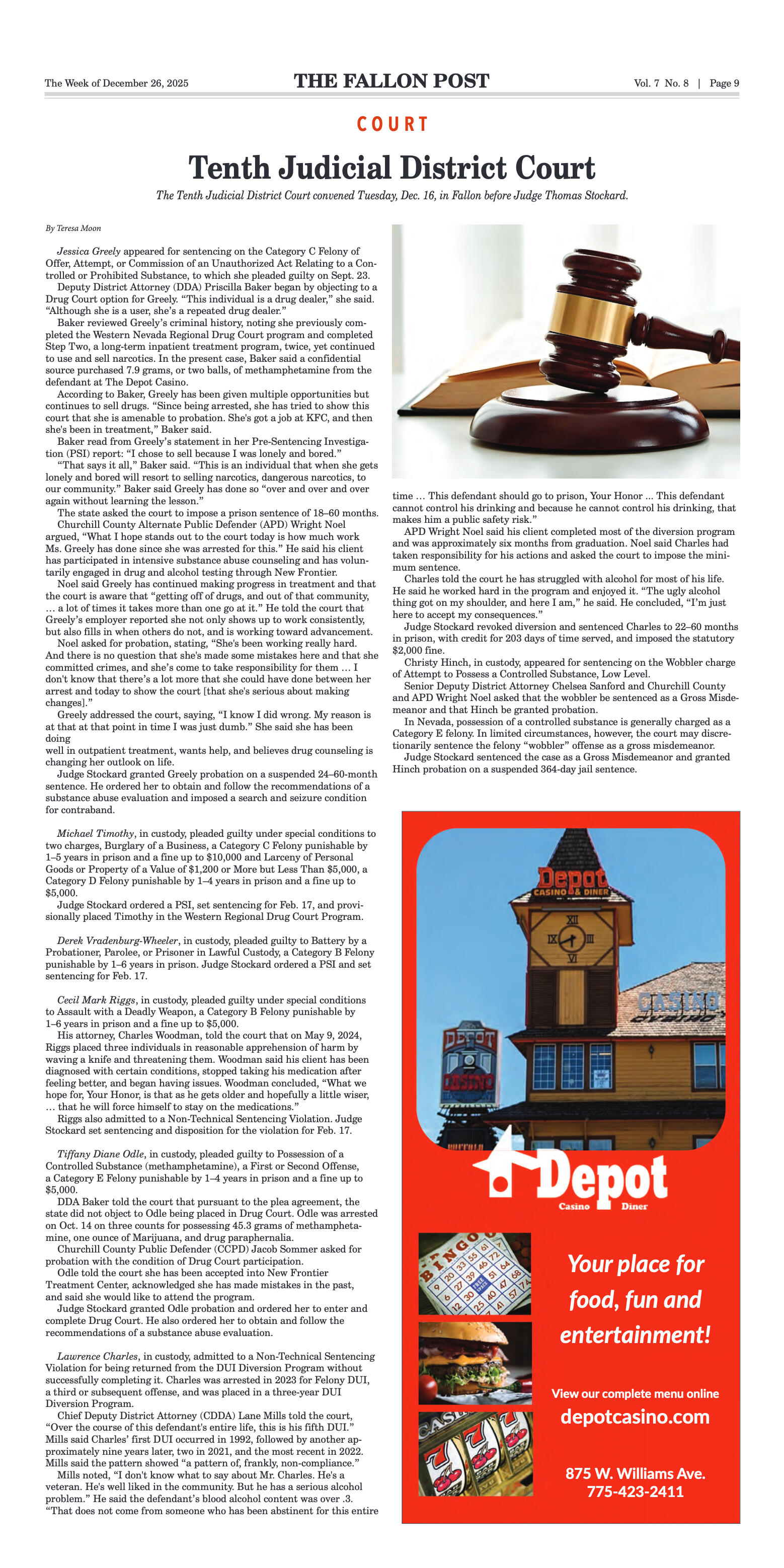
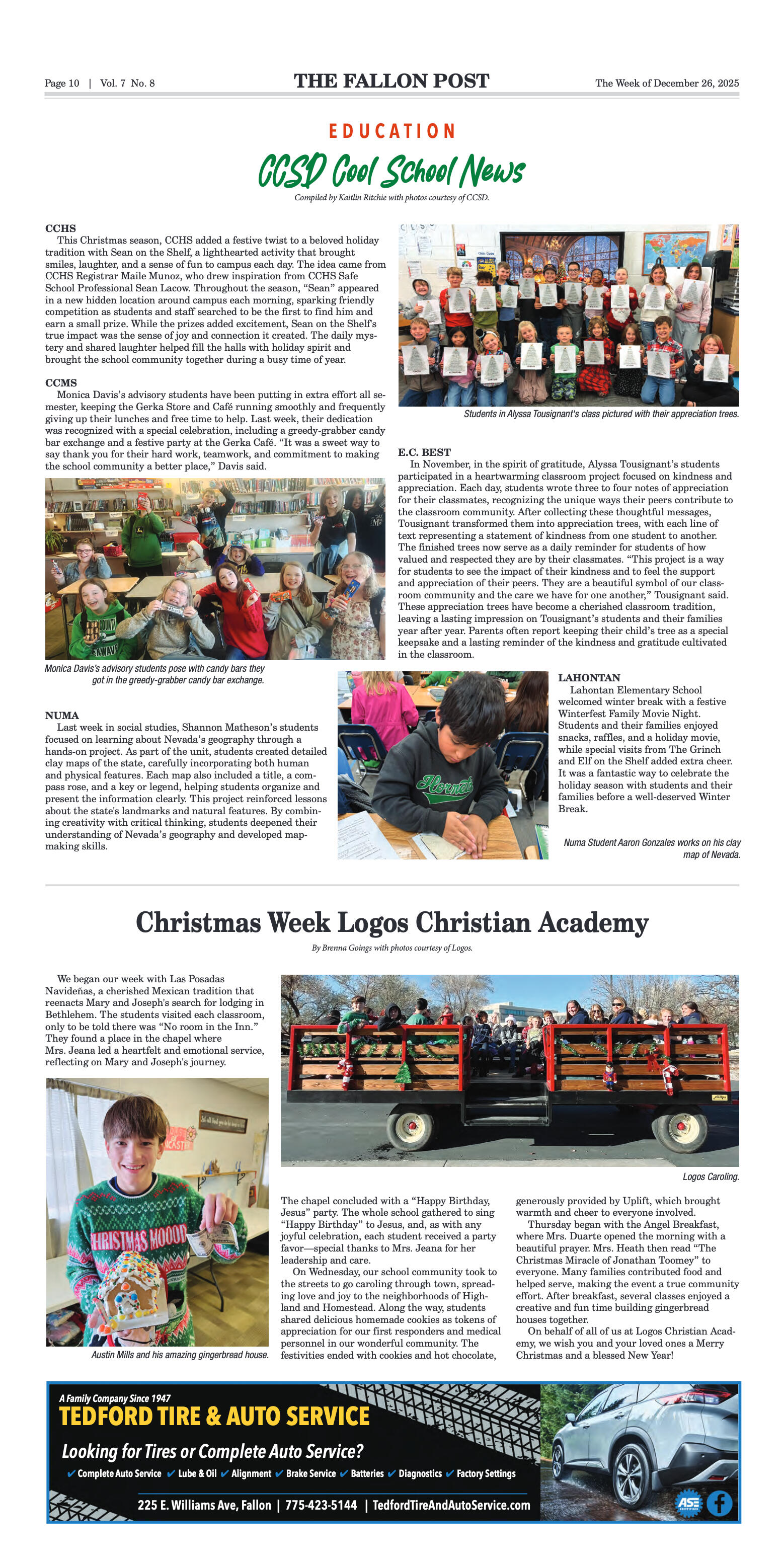
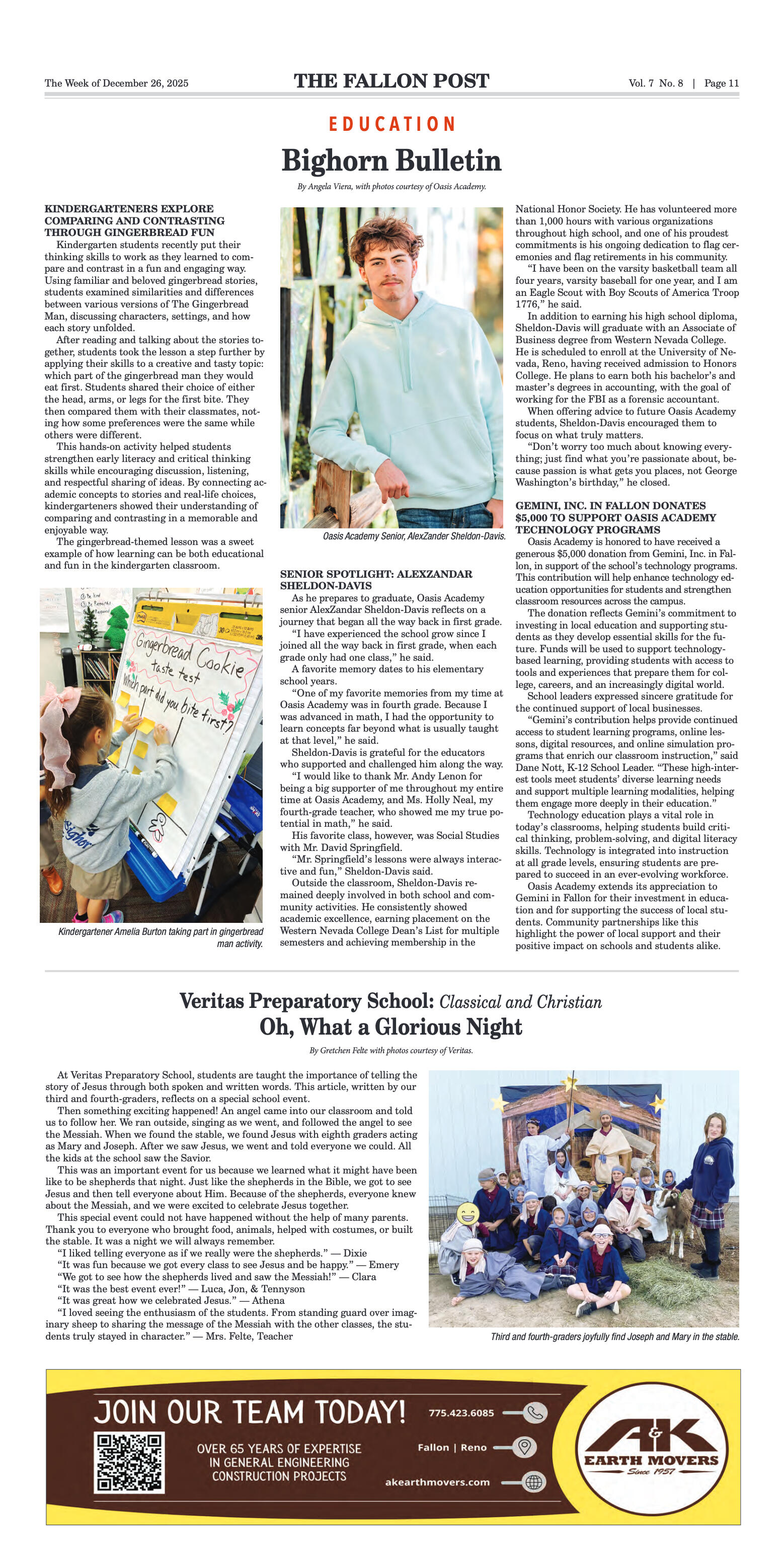

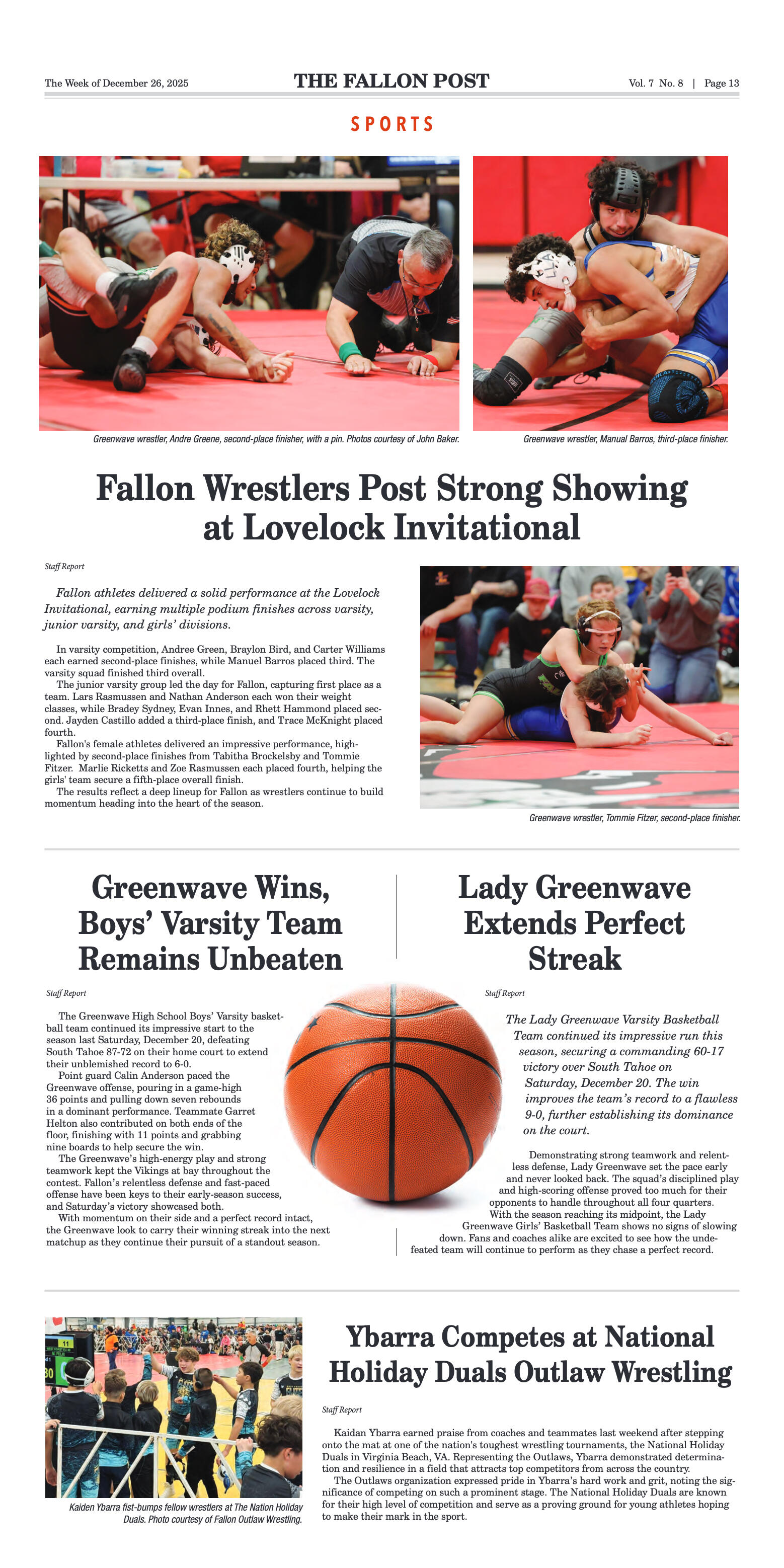

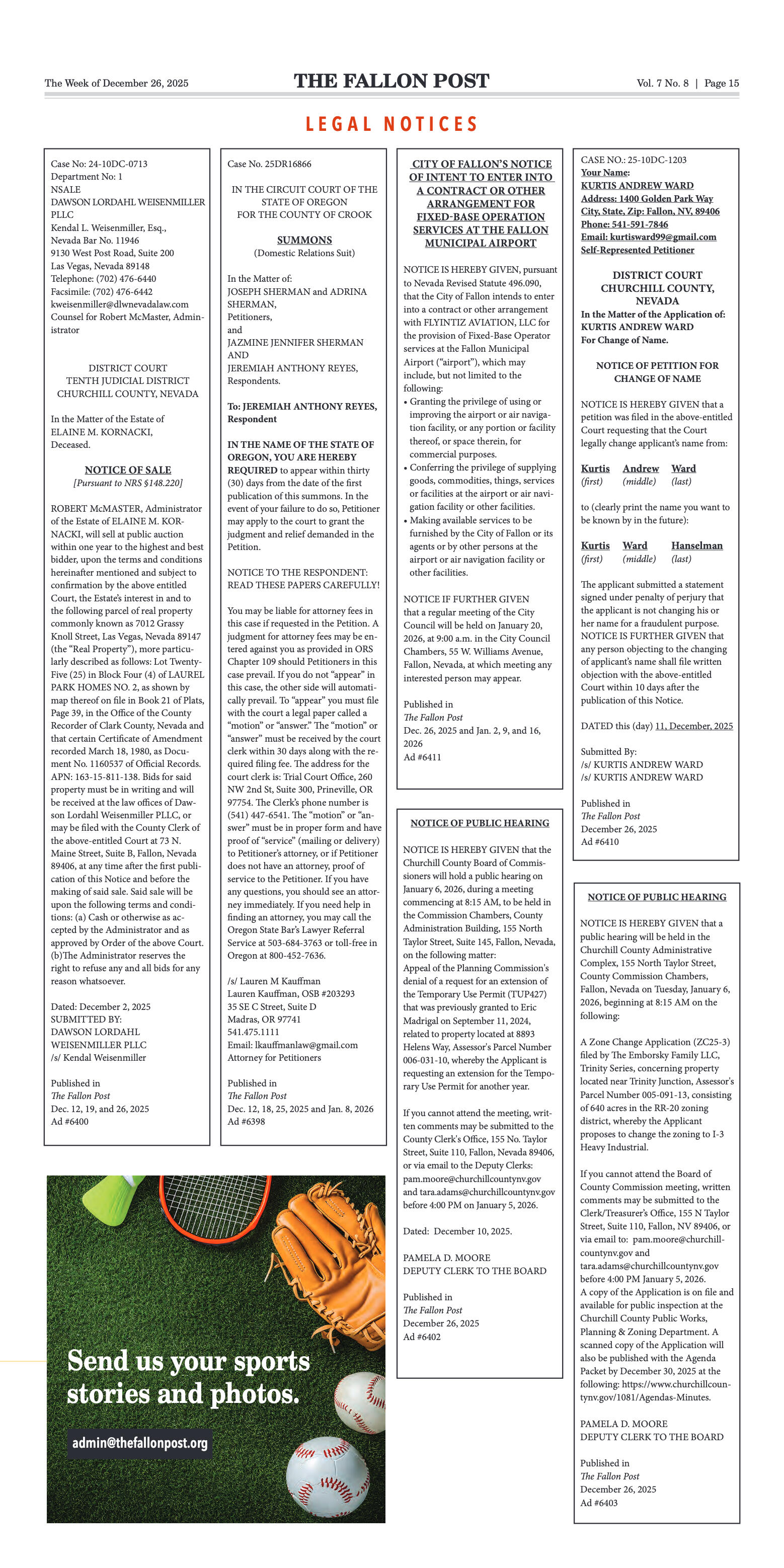





















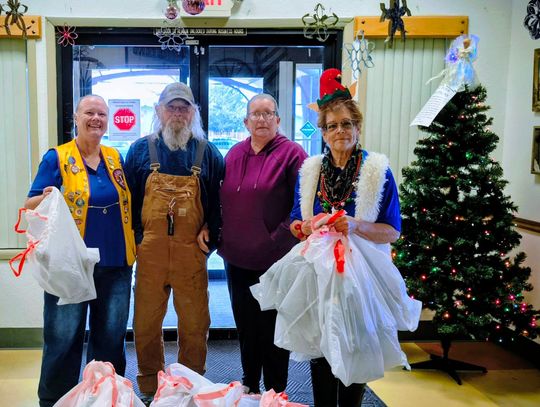
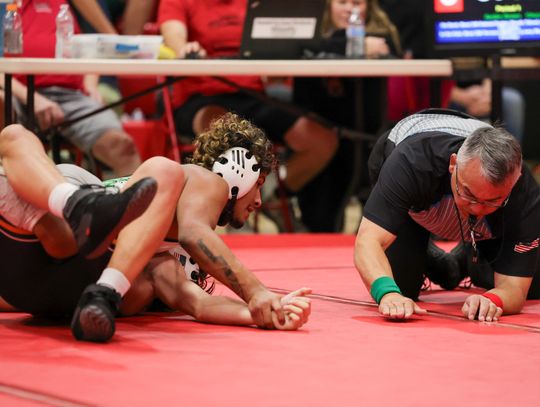
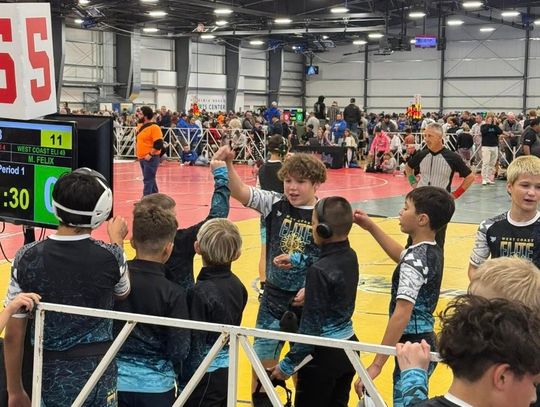



Comment
Comments